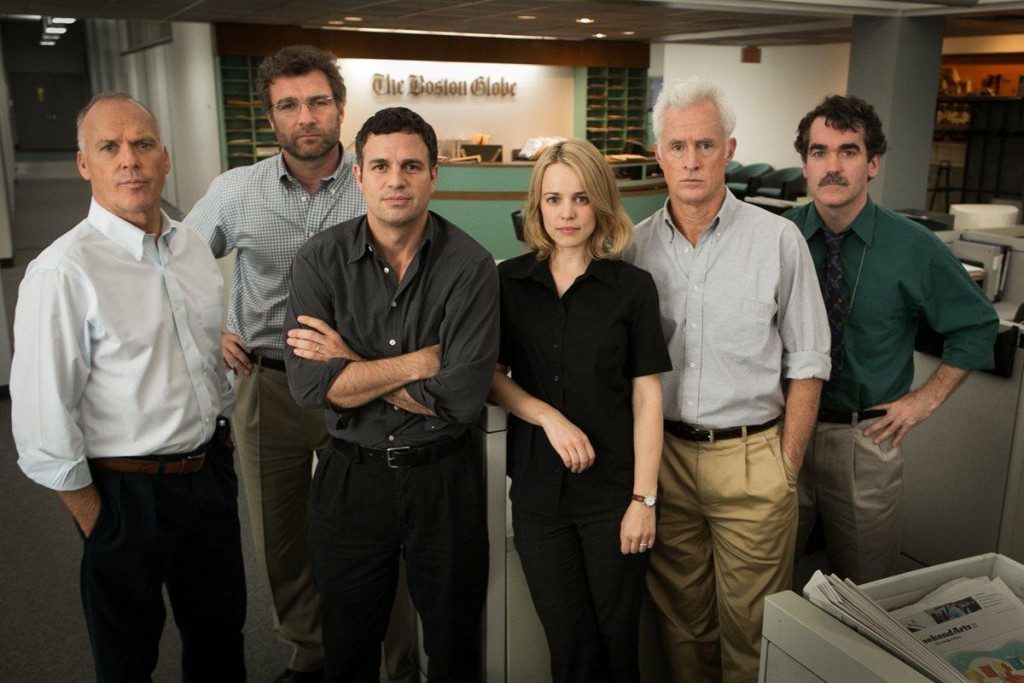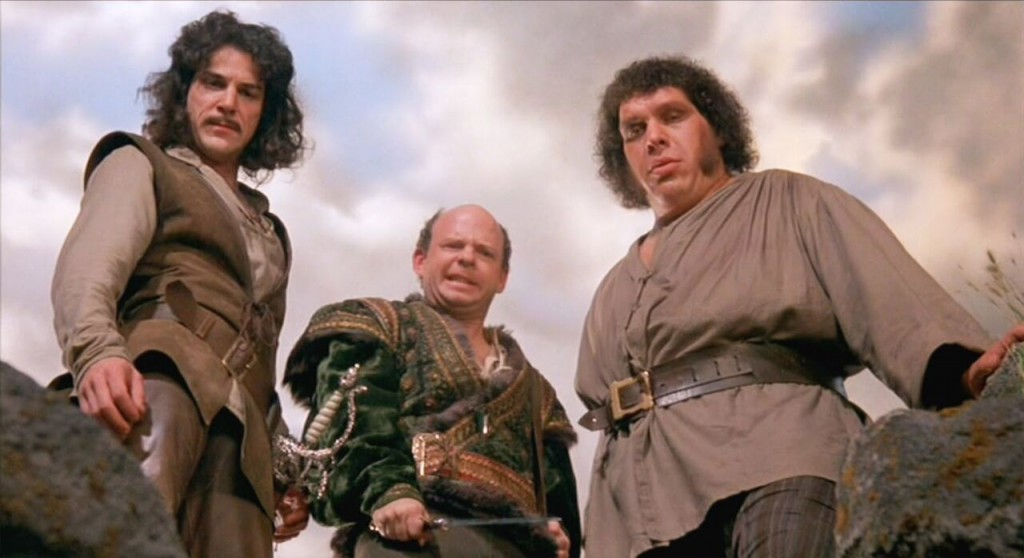
‘Spotlight’ movie review
By Aaron Guillen, Staff Reporter
4/5
Spotlight, the Oscar-nominated dramatic film based on a true story, pays tribute to the Boston Globe’s Spotlight team who uncovered a secret within the Catholic Church in 2001–02. In a turn of events, these seemingly lacklustre journalists become fierce, answer-seeking reporters, vying to produce their best article cohesively. The ensemble cast features Mark Ruffalo, Michael Keaton, Rachel McAdams, Liev Schreiber, John Slattery, and Stanley Tucci—all of whom play off each other’s characters flawlessly.
The film begins with a simple point-of-view shot as an officer makes his way down the hallways of a police department. The first minute or so goes on to pull the moviegoers right into the unfolding scenario by revealing information piece by piece. The short scene comes to a close as the title, Spotlight, fades on and off the screen. The opening sequence sets a precedent, as the director, Tom McCarthy, chooses to let the story tell itself.
As I watched the film, I tried to pay attention to the smaller details. While most people tend to ignore varying frames and shots, others can catch onto the style of a director. Throughout the film, the use of colour plays a pivotal role. For the most part, the actors are colour-coordinated, varying from light blues to dark browns to beige-whites, according to whatever scene is taking place. In many situations, one- or two-tone outfits are worn, representing the working class aspect of these seemingly simple characters. Reporter Michael Rezendes (Ruffalo) starts the movie wearing lighter tones, but as the movie progresses, his clothing options darken as he becomes enveloped in the bigger picture among the Catholic community in Boston. Such attention to detail elevates the quality of Spotlight to a film that deserves the acclaim it is receiving around the Western world.
The degree of difficulty these journalists have to go through to uncover a story will inspire fellow journalists hoping to one day break a story so big. The grunt work is portrayed and edited to a tee, with interviews from assaulter to assaulted transitioning smoothly. Additionally, frames throughout the film accentuate the dramatic aspect in the scene. When the team hears news of the unfolding case, the camera zooms out, revealing the clutter that fills their office, subliminally representing the clutter that these journalists will have to wade through to find the truth.
Near the end of the film, the pace is slowed dramatically—almost to a standstill—as the Spotlight team waits for the perfect time to release their story. The conversation is quite dull, but eventually the conclusion arrives and the moviegoer is once again interested as the epilogue begins.
Overall, Spotlight leaves the moviegoer with an overwhelming craving for social justice. The appeal of investigative journalism in our world is made relevant with excellent execution portrayed in this film. In a compelling manoeuvre, the Spotlight team captures its audience and doesn’t let go until the very end.

